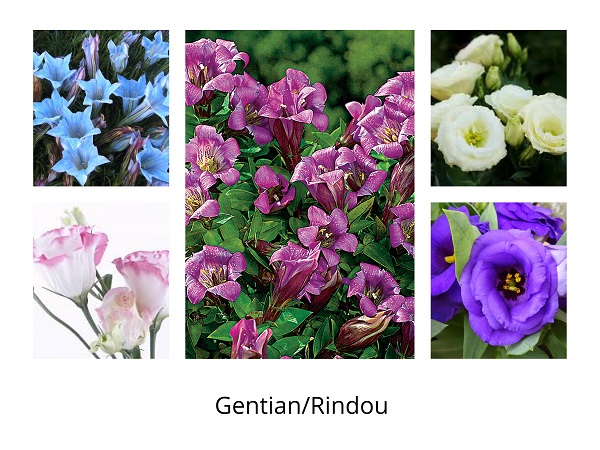
A few months ago, my friend Azusa and I sat with our smart phones in a crowded Omotesando yakitori bar. Between delicious skewers of chicken, various delectable side dishes, wine and Japanese highball (a whisky-based soda drink the Japanese have reinvented and made their own) we listed flowers I loved and a few she suggested. Then we considered their Japanese names.
Question: Why were we doing this?
Answer: When I finished Level 4 of Sogetsu Ikebana and applied for the certificate of completion I discovered that I was expected to choose a flower name for myself.
That is no simple task. I didn’t get to choose my own name, its sound or its symbolism. However, in choosing a flower name I felt compelled to find a flower I loved which was emblematic and also sounded mellifluous in Japanese. I was surprised at how many flower names sound quite spiky and harsh in Japanese. At evening’s end only two had made the list.
I spent the next days considering additional flowers. Thankfully, the information required was at my fingertips. With a few clicks and swipes I checked and eliminated various options in two languages. Throughout the process one flower of the two Azusa and I had on our shortlist continued to resonate.
Gentian. An autumnal flower, it has been extensively bred by the Japanese to produce a wide range of variations and colours that are at once strong, soft and elegant. In addition, the flower’s Japanese name Rindou (or Rindō) is similar to the way my name Lynda is pronounced in Japanese: Rinda.

That done, another more daunting task remained. I needed to choose Chinese characters for the syllables Rin and dou. Complicating matters is that any given Japanese syllable can be rendered in multiple Chinese characters. These often carry more than one meaning and may change pronunciation in Japanese.
Not knowing Chinese or Japanese and not wishing to choose something which unbeknownst to me might harbour some dodgy or ridiculous connotations, I solicited the help of friends who were knowledgeable in these matters. However, even for them the numerous options could be confusing.
For many weeks I considered suggestions and advice, including the recommendation of the Services for the Membership Department staff at Sogetsu Kaikan who administer the certification and issue the diplomas. Eventually I went with their recommendation and chose these characters 竜胆 meaning (among other things) bold.
The choice was sealed by additional pertinent element I discovered during my extensive research. The autumnal gentian’s ravishing colour and highly nuanced symbolism are referenced in an Emily Dickinson poem “God made a little Gentian.” The final line asks: Creator—Shall I—bloom?
I shall–indeed! Boldly! Here’s to my new flower-name and all ravishing, late-blooming creators.

2 Responses to A New Name